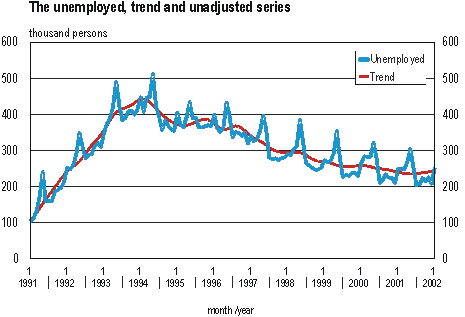
Much of environmental data analysis or modeling represents the time evolution of some observed quantity. Any observation made over some time period then produces a time series of events.
A simple example is shown below:

Time series data is usually characterized by the following features:
Some kind of long term trend (up, down, constant) with fluctuations on top of that trend. Hence a time series often reflects an underlying trend or long-term change.
The fluctuations or variability around the long term trends can take on several forms:
The key is to try and identify the correct timescale over which the fluctuation is occuring - and we will do several examplesi in Excel today.
A major goal in time series analysis is to try and predict future behavior. This is difficult!
Below are some graphic examples of various time series data (some complicated, some simple) to illustrate the range of variations out there.
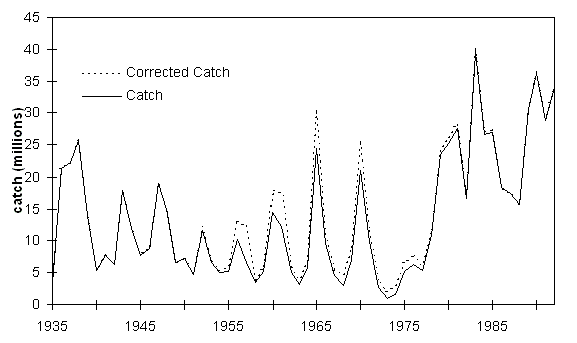
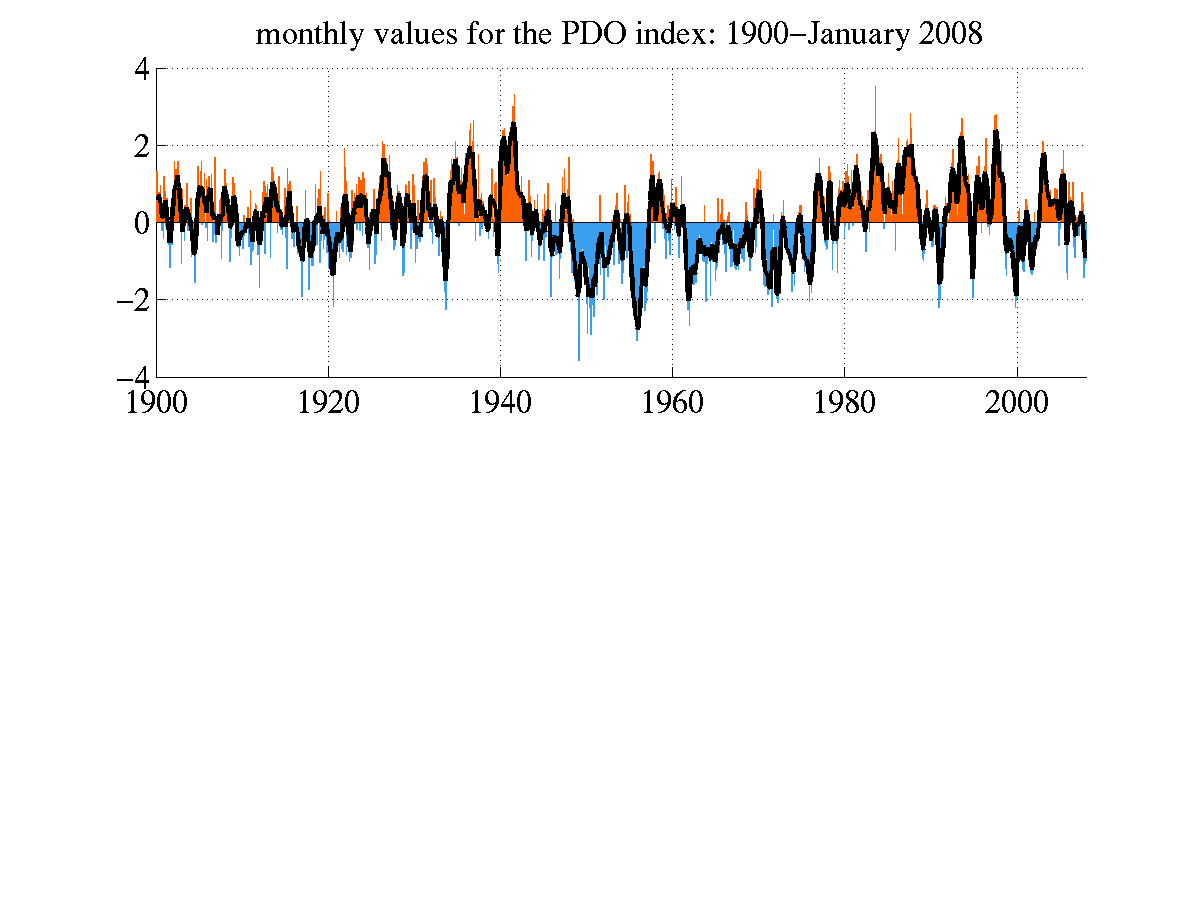
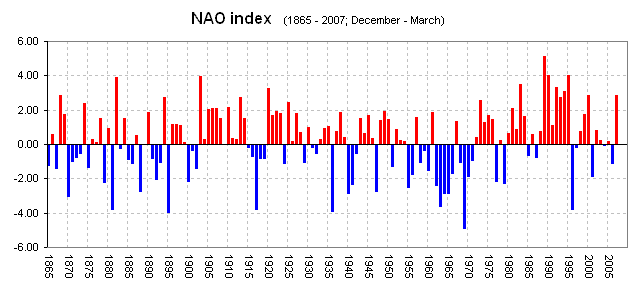

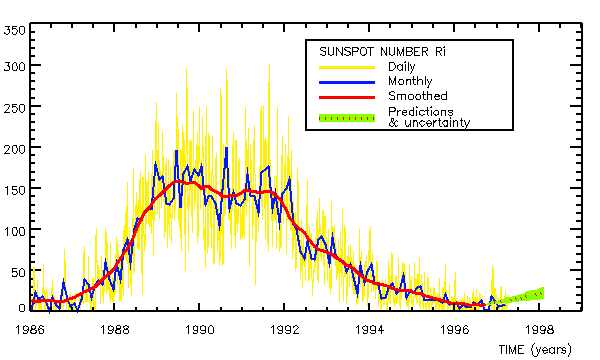
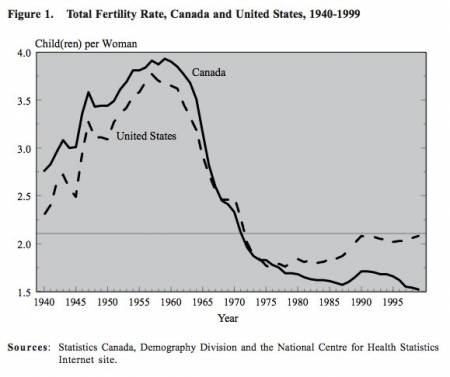
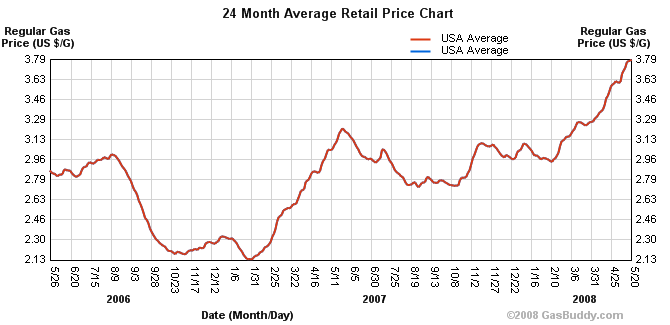
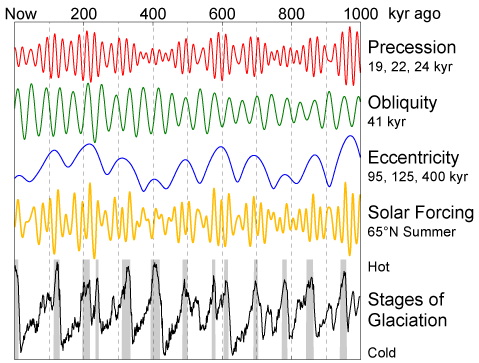
There are many, many ways to deal with time series data - many of them are complex, involving transforms of the data and the like. The mos common complex method invovles what is called a Fourier analsyis in which time series data can be transformed to produce fundamental frequncies:
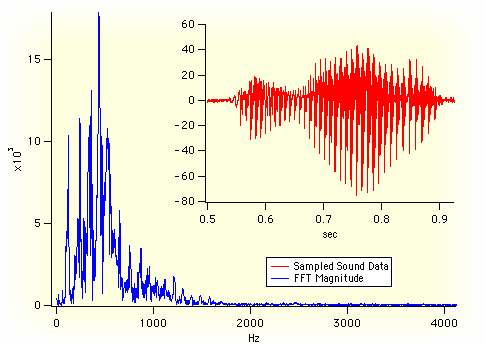
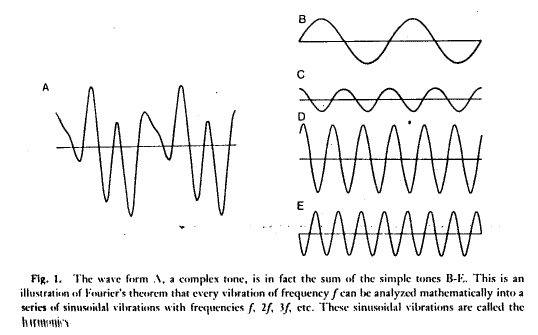
We will *not* be doing this because most environmental time series is too noisy to lend itself to this kind of analysis. Instead, we will guess what the frequencies will be.
To do this, we will be using simple sine waves (sinusoidal variations) to try and reproduce the time behavior of the data.
P(t) = A * sin((2π/ω)*t)
Note that the argument of sin is in units of radians not degrees.
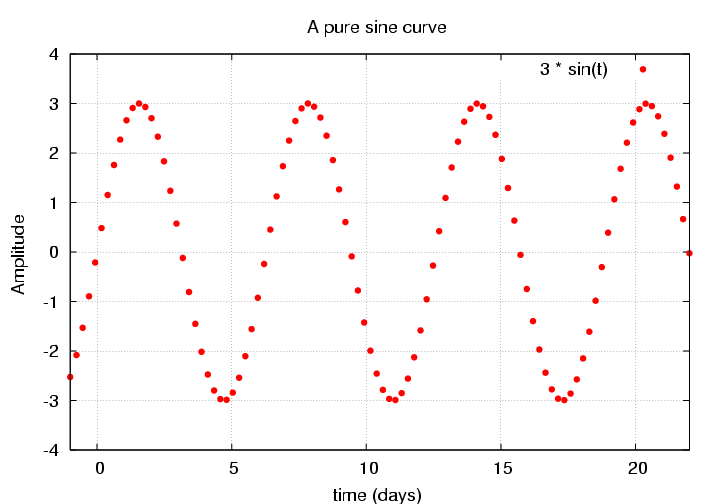
So now we move to excel:
The reason for doing these kinds of fits is to extrapolate to the future
which is why the model extends beyond the data so that predictions can be made.